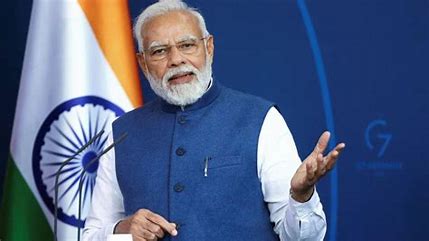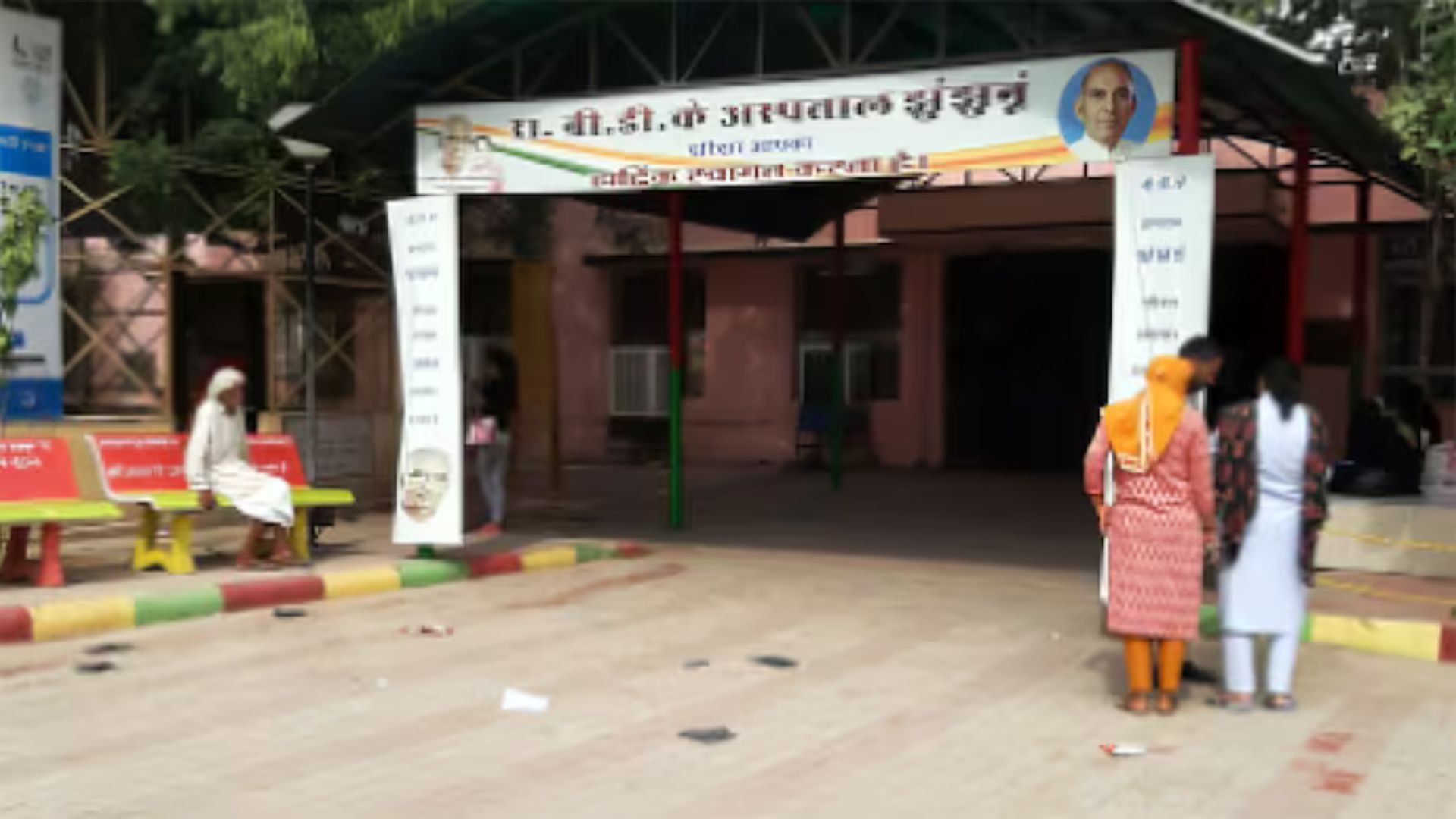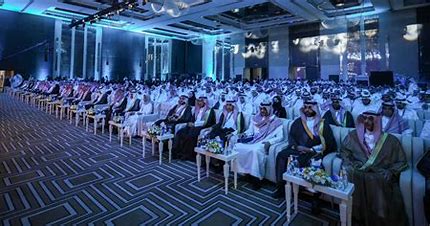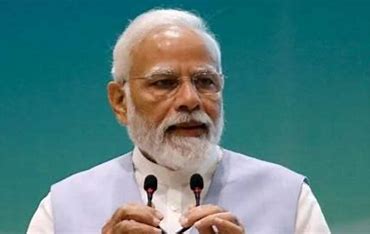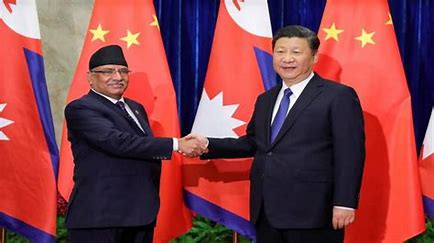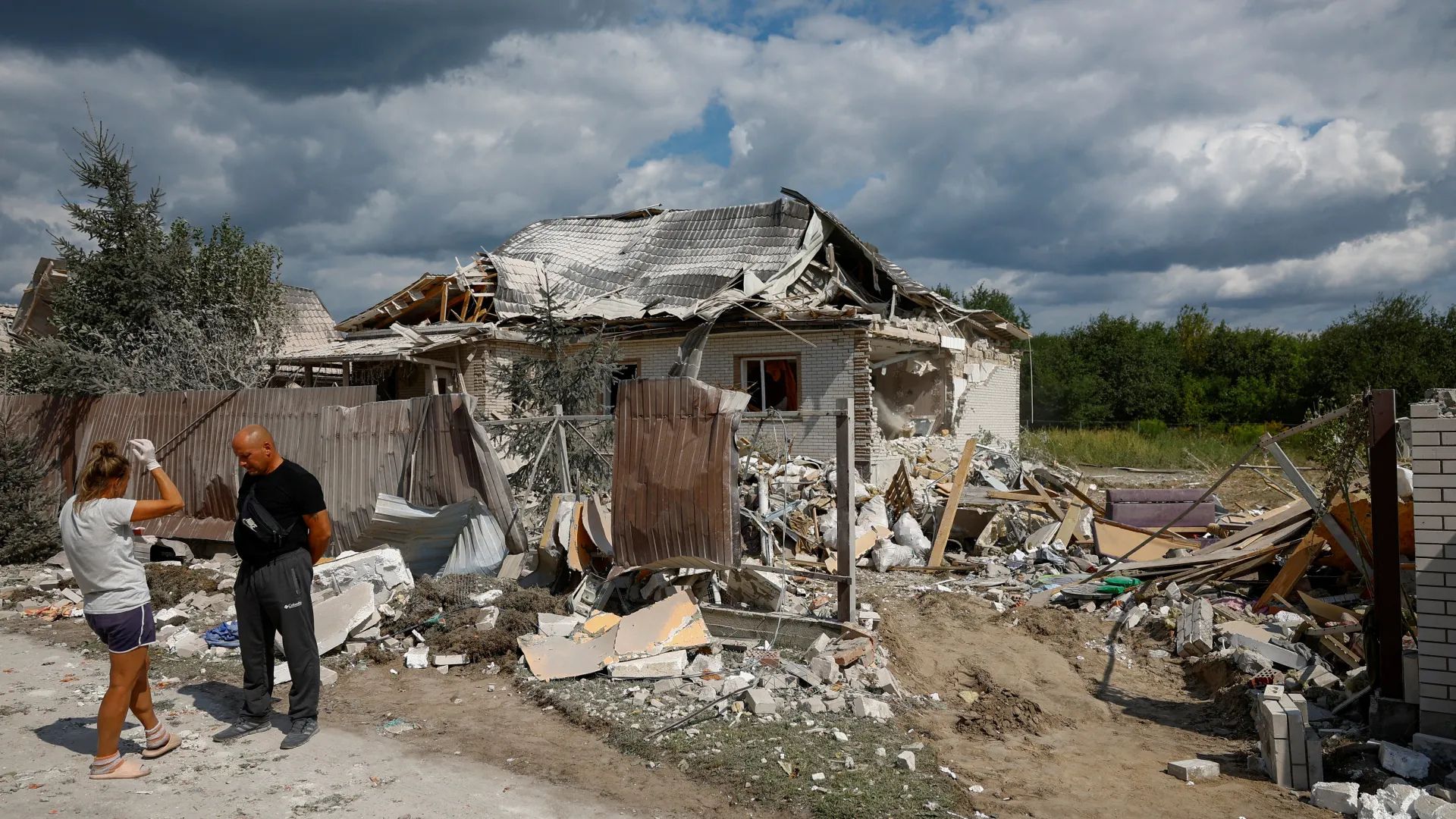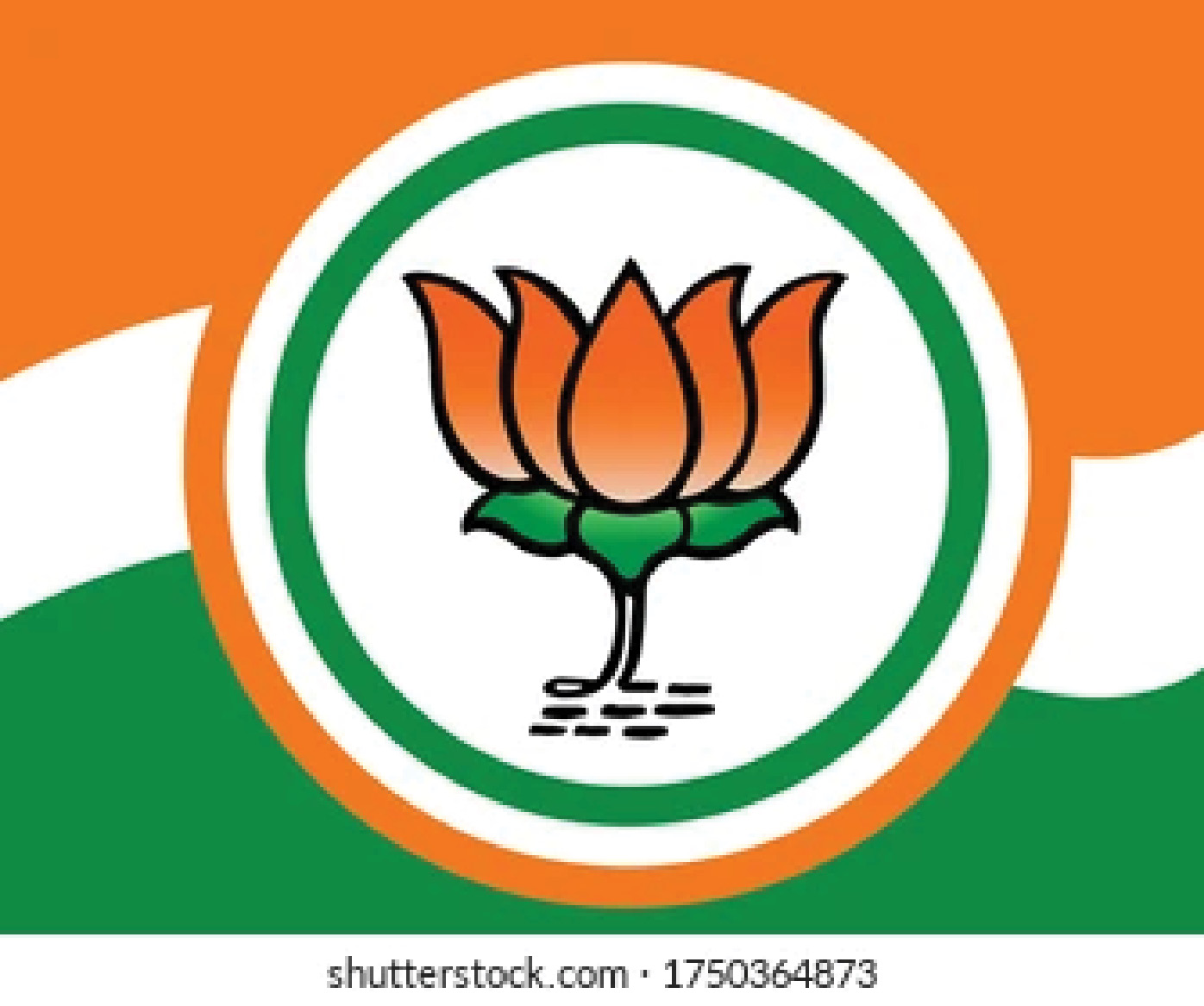
Haryana Pradesh BJP plans to follow the RSS idea of promoting youth in the Lok Sabha elections, which may lead to more young candidates. The BJP also intends to field more women candidates in line with the 33 percent reservation bill passed by the Modi government, pending delimitation. This demonstrates a commitment to youth and gender diversity in candidate selection.
Sources connected to the BJP and Sangh indicate that the BJP is considering fielding women candidates on two out of ten Lok Sabha seats in Haryana. Currently, Sunita Duggal is the sole female MP representing Haryana. These initiatives are part of the candidate selection process within the BJP, emphasizing both youth and women candidates to convey a broader message.
The party is also factoring in caste and regional considerations as part of its efforts. Out of the ten Lok Sabha seats, two (Ambala and Sirsa) are reserved, and in the 2019 elections, Ratanlal Kataria and Sunita Duggal were the candidates for Ambala and Sirsa, respectively.
Even while giving tickets to both of them belonging to Scheduled Caste, BJP had simplified the caste equations. Even in the 2024 Lok Sabha elections, BJP will try to create a balance for the Scheduled Caste category by giving tickets in Ambala and Sirsa. Similarly, in 2019, three candidates from backward classes, two Brahmins, one Punjabi and two Jat candidates were fielded. If the churning going on in BJP is considered correct, then this time also the party will work on a similar formula.
Last time, three major backward castes – Saini, Ahir (Yadav) and Gurjar – got representation. This time a candidate from the extremely backward class can also contest.
However, BJP will not be able to ignore the vote bank of these three castes. The caste equation of Lok Sabha seats is also such that BJP’s work cannot work without all three castes. Since Modi became Prime Minister, the backward class vote bank is associated with BJP. In 2019, BJP provided representation to a non-Punjabi candidate, Sanjay Bhatia, in Karnal. It’s speculated that in the 2024 elections, a Punjabi candidate may replace Bhatia in Karnal, allowing the BJP to leverage the Punjabi card in Rohtak.
While the Jat vote bank may be disenchanted with the BJP, in 2019, they voted for Modi, and his influence may not have waned as much as perceived. The BJP aims to include Jat representation in the Lok Sabha elections, recognizing the importance of the Jat vote bank in Haryana. The state government has also increased Jat representation, with figures like Deputy CM Dushyant Chautala and cabinet ministers like Devendra Singh Babli. This strategic approach extends to various key positions, underscoring the BJP’s efforts to appeal to Jat voters.
